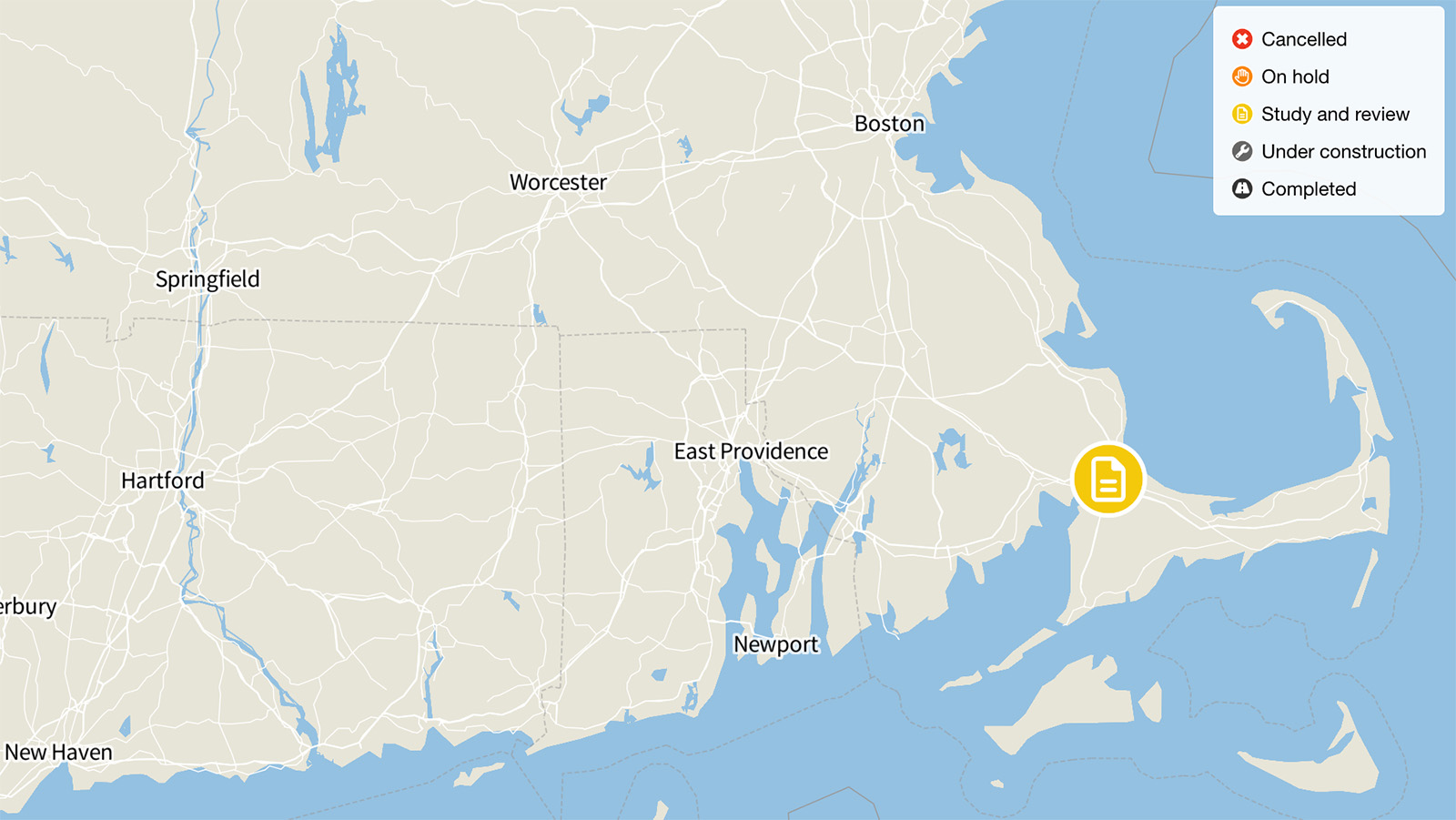
Interstate 75 North Truck Lanes, Georgia
The Georgia Department of Transportation (GDOT) is in the early stages of considering a $2 billion plan to build the nation’s first long-haul truck-only lanes along a nearly 40-mile stretch of I-75 from just north of Macon until just south of Atlanta. However, the project would represent a major giveaway to the trucking industry at the expense of Georgia taxpayers, largely duplicates rail-based solutions that are already being implemented in the state, and, along with other highway expansion projects across Georgia, appears to be moving forward in the absence of rigorous analysis to determine whether it is a wise use of funds.
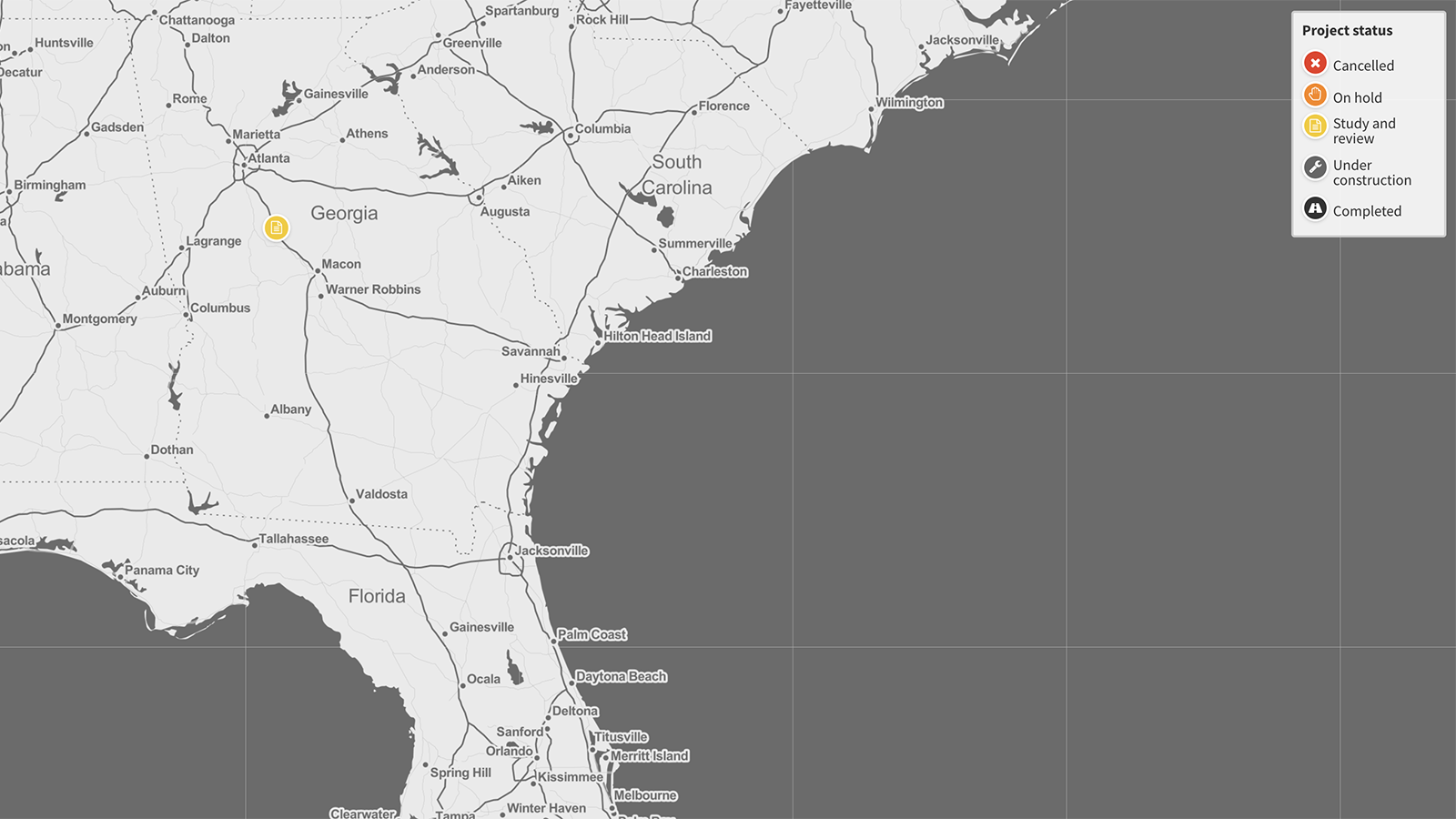
Status: Study and review
Originally reported cost: $2 billion
Current update for status
As of September 2023, the Interstate 75 North Truck Lanes project is in study and review.
Update from Highway Boondoggles 4, 2018:
The Georgia Department of Transportation (GDOT) is in the early stages of considering a $2 billion plan to build the nation’s first long-haul, truck-only lanes along a nearly 40-mile stretch of I-75 from just north of Macon until just south of Atlanta. The project would represent a major giveaway to the trucking industry at the expense of Georgia taxpayers, while largely duplicating rail-based solutions for moving freight from the Port of Savannah that are already being implemented in the state.
In August 2017 the plan was incorporated into Governor Nathan Deal’s 10-year mobility plan as an amendment, approved by the Atlanta Regional Commission. This represents a small but meaningful step forward in the process of approving the project. As of February 2018, the project was still in planning stages.
Original story from Highway Boondoggles 3, 2017:
Interstate 75, which runs north-to-south through Georgia and bisects Atlanta, is one of the busiest trucking corridors in the United States. The Port of Savannah, Georgia – which sits to the south and east of Atlanta – is not only the nation’s fourth-largest container port, but also one of its fastest-growing.
Freight from ships unloaded in Savannah is often transported up Interstate 16 where it eventually merges with truck-laden Interstate 75 headed north toward the Atlanta area. State officials hope that freight traffic through Savannah will continue to grow in the future, with a major dredging project, scheduled to be completed in 2019, equipping the harbor to handle the larger ships enabled by expansion of the Panama Canal.
The Georgia Department of Transportation (GDOT) is in the early stages of considering a $2 billion plan to build the nation’s first long-haul truck-only lanes along a nearly 40-mile stretch of I-75 from just north of Macon until just south of Atlanta. However, the project would represent a major giveaway to the trucking industry at the expense of Georgia taxpayers, largely duplicates rail-based solutions that are already being implemented in the state, and, along with other highway expansion projects across Georgia, appears to be moving forward in the absence of rigorous analysis to determine whether it is a wise use of funds.
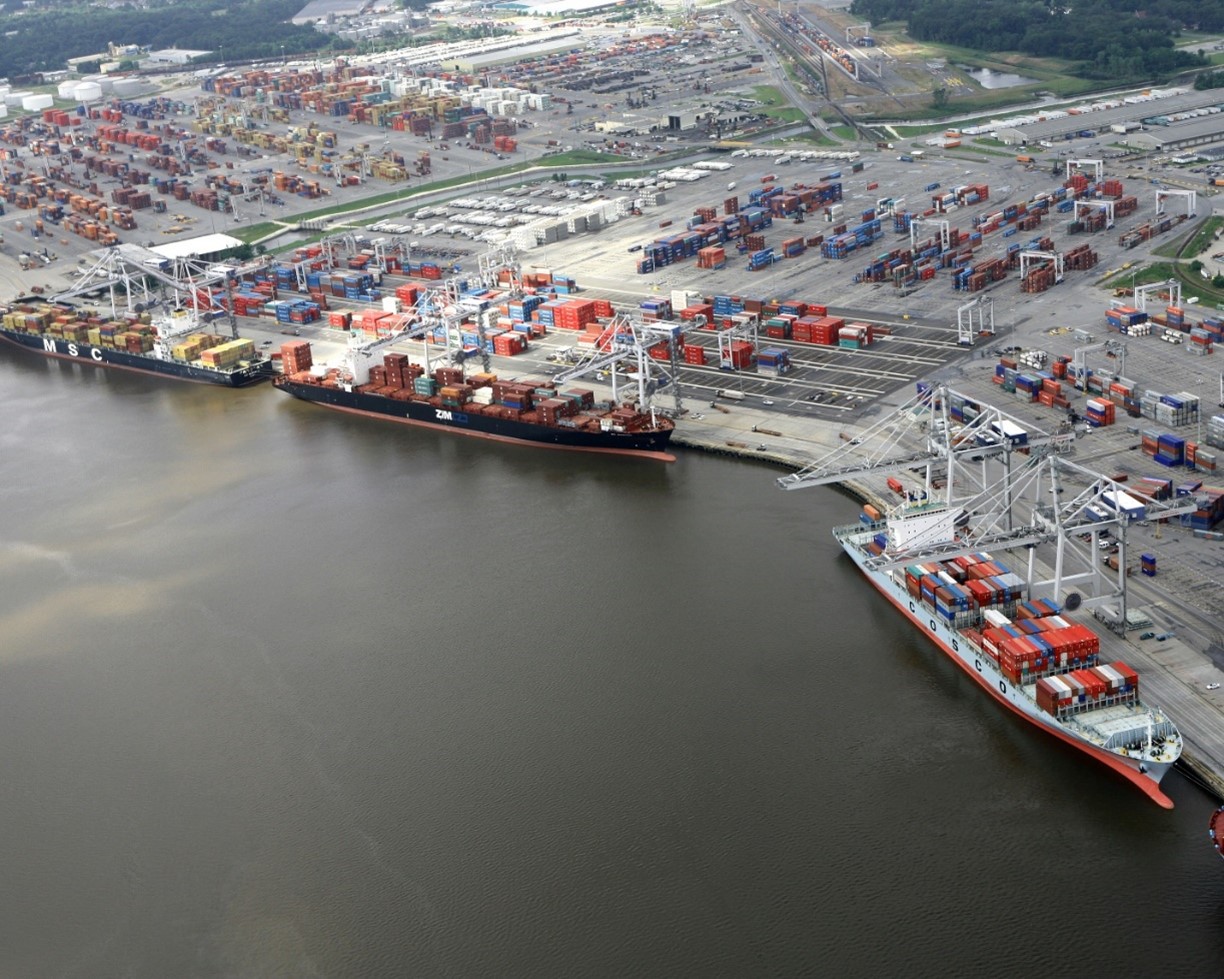
Georgia DOT’s plan to build $2 billion truck-only lanes is one of two competing projects being developed to alleviate truck traffic originating from the Port of Savannah. Credit: US Army Corps of Engineers
Officials tout several potential benefits from the truck-only lanes: the prospect of reduced congestion on general traffic lanes, as well as improved safety. A GDOT-commissioned study by Cambridge Systematics estimated that the project would reduce the number of hours vehicles spend in delay in the corridor by 40 percent in 2030.
But there may be a better way to alleviate truck congestion: remove the trucks from the road altogether by distributing freight by rail from the Port of Savannah to other parts of Georgia.
The Port of Savannah is uniquely located along two Class I freight rail lines (CSX and Norfolk Southern). To take advantage of that location, and to reduce congestion from trucks exiting the port, the Georgia Ports Authority has proposed a plan, called Network Georgia, to create six “inland ports” – locations where freight could be offloaded from trains serving the Port of Savannah and loaded onto trucks for distribution to regional markets across the Southeast.
One of those proposed inland ports, in Murray County in northwest Georgia, would directly reduce the need for truck shipping between Savannah and points to the north and west of Atlanta – the same trips that would be served by truck lanes on I-75. The inland port would sit at the end of a 388-mile freight rail line operated by CSX, enabling cargo to be unloaded from ships and placed on trains to bypass congested portions of Interstate 75 and other highways around Atlanta, providing ready access to regional markets in Appalachia and beyond. The Ports Authority estimates that, when fully up and running in 2018, the facility will have a capacity of 50,000 containers per year – keeping roughly that number of trips from the crowded I-75. The state of Georgia is contributing $10 million toward construction of the facility.
Implementing two solutions – one rail-based, one highway-based – to address the same challenge of reducing truck traffic on the state’s highways has raised eyebrows. One Georgia-based logistics analyst, quoted at Trucks.com, said that the truck lane project “makes no sense.” “When you have GDOT coming out with this plan and the Georgia Port[s] Authority coming out with the strategy of building an inland port,” said Cathy Morrow Roberson of the firm Logistics Trends & Insights. “It doesn’t appear they got together to discuss this.”
Duplication of effort isn’t the only issue with the proposal. Under the proposal, the truck-only lanes would be untolled – likely a necessity if they are to attract traffic from cost-conscious truckers. But the result would be a giveaway to the trucking industry, with Georgia taxpayers covering the cost of construction and upkeep of the lanes in part through revenue from a 2015 package of gas tax increases and other fees, while receiving only indirect benefits from the investment. (The package also included new highway impact fees of $50 to $100 on large trucks that generate only a small portion of the additional revenue in the package.)
The project would also represent a risky endeavor for the state of Georgia, adopting a concept that has not been tried in the United States at anywhere near a similar scale. A March 2016 article in the Atlanta Journal-Constitution labeled the plan a “$2 Billion Gamble,” noting that it would be twice as expensive as the costliest highway construction project in Georgia’s history to date. The project is also contingent upon continued growth in traffic at the Port of Savannah, which could be jeopardized by more protectionist trade policies.
Nor is the I-75 project the only highway project moving forward in Georgia without rigorous evaluation. A December 2016 audit by the Georgia Department of Audits and Accounts alleged that GDOT had failed to adopt best practices in the evaluation and selection of highway expansion projects. According to the audit, GDOT’s planning department “lacks detailed policies and procedures to guide key selection and programming decisions, and the basis for the decisions are not well-documented.” The audit specifically called out the I-75 truck lanes proposal, noting that the project “was programmed without a full and complete assessment of the need for the project, evaluation of options and the pros and cons of each, and an explanation for the option selected.”
The need for more data-driven and results-oriented transportation decision-making in Georgia is especially urgent as the state prepares to spend as much as $750 million to $1 billion per year generated by a 2015 transportation funding bill.
It will likely be several years before the project goes forward. But with millions of dollars being spent elsewhere to support freight traffic to the Port of Savannah and major questions about the effectiveness of the concept, the speculative giveaway to the trucking industry should be put on hold.

Topics
Find Out More

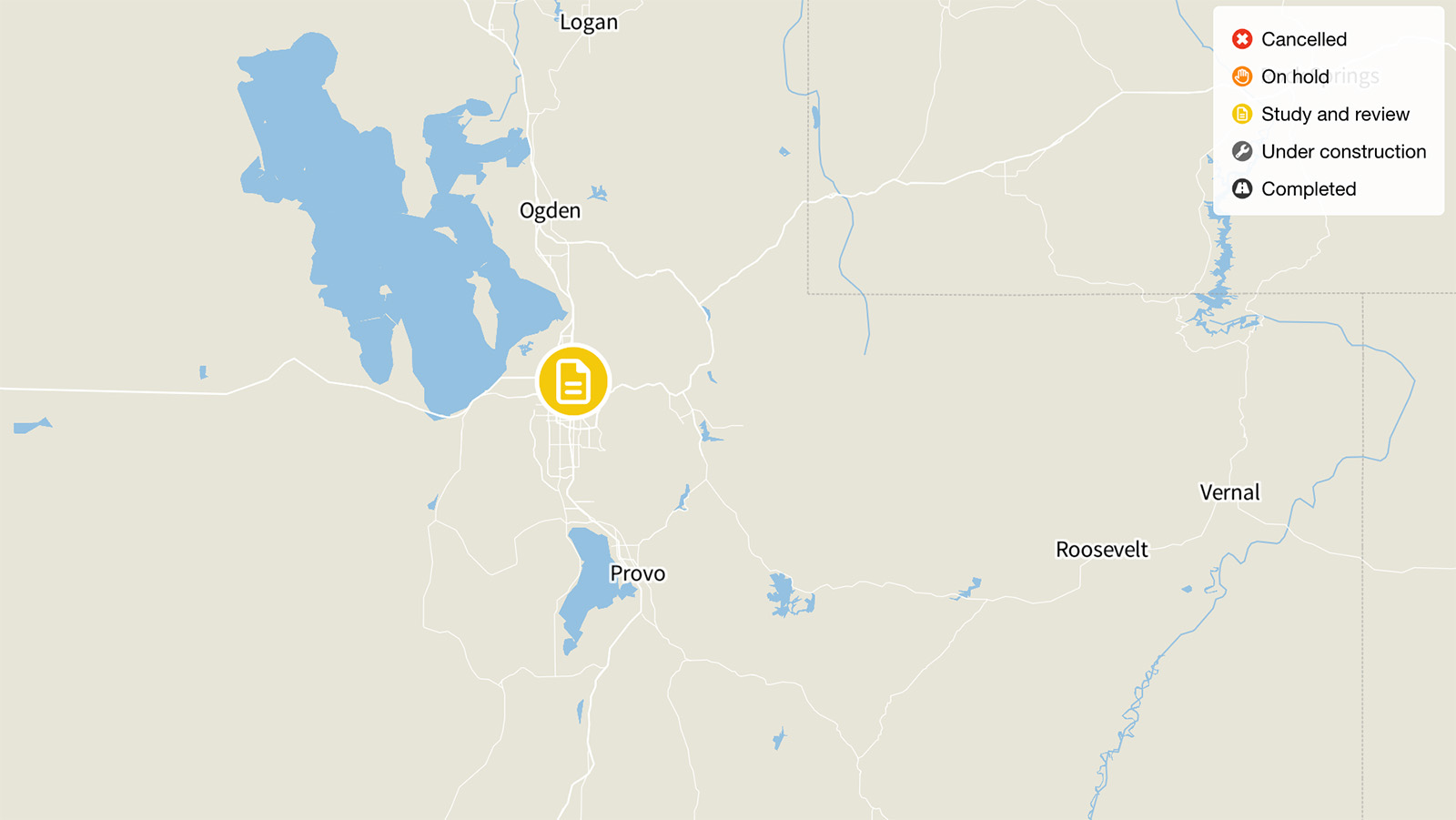
I-15 Expansion, Salt Lake City
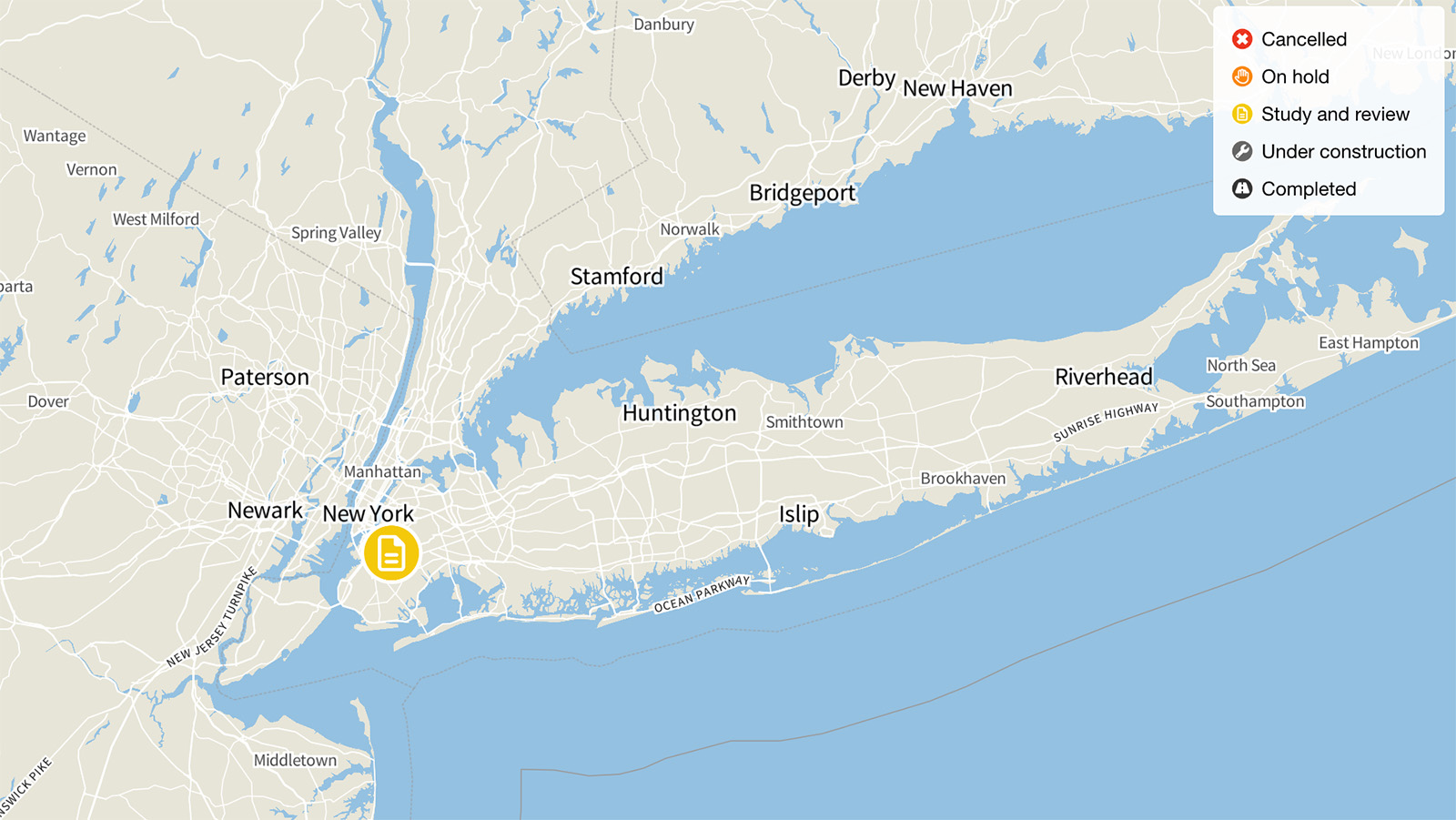
The Brooklyn-Queens Expressway, New York
